Most of us are generally familiar with the long-term trend in women’s bathing suit styles: Over the last century or more suits have gotten smaller and smaller, becoming more and more immodest. Victoriana Magazine provides great descriptions of what women wore to the beach over many decades, for instance:
- In the 1890s: “Women typically dressed in black, knee-length, puffed-sleeve wool dresses, often featuring a sailor collar, and worn over bloomers or drawers trimmed with ribbons and bows. The bathing costume was typically accessorized with long black stockings, fancy lace-up bathing slippers, and fancy caps.”
- By 1910: “bathing suits no longer camouflaged the contours of the female body. The yards of fabric used in Victorian bathing skirts and bloomers were reduced to show a little more of the figure and to allow for exposure to the sun.”
- In the 1920s: “women’s bathing suits were reduced to a one piece garment with a long top that covered shorts. Though matching stockings were still worn, vintage swimwear began to shrink and more and more flesh was exposed from the bottom of the trunks to the tops of the stockings.”
The “bikini” was born in 1946 in Paris, courtesy of designer Louis Reard, while at about the same time another fashion designer Jacques Heim introduced a similar suit called the “atome.” Some say the motivation for two pieces was largely practical, as fabric had been in short supply during WWII. Of course, that reason doesn’t explain the bikini’s subsequent, long-running success.
In any case, in the 1950s, form-fitting one-piece suits were still the norm, and most two-piece bathing suits were high-waisted, covering the woman’s navel. Then things really changed:
“The swimsuits of the 1960s were the first suits that drastically changed the way we see swim suits today. Modesty was out and liberating the skin was in. The bikini was the dominant swimsuit style, except now everything was cut a little lower. Women wanted to bear it all . . .”
Throughout the rest of the 20th century and into the 21st, designers continued to experiment with different fabric shapes and cuts designed to “reveal nearly every curve of the female figure.” That’s the latest turn in the swimsuit trend, which takes us into the present, and leaves many women wondering what they should wear. For instance, despite the apparent popularity of scanty two-piece suits, a Land’s End poll found that 7 in 10 women preferred to wear one-piece swimwear. The same survey also found that 1 in 5 women were concerned what the general public thinks of them when they wear a swimsuit.
So, maybe most women would like swim attire to reveal less of their bodies, but what about the other half of consumers, i.e., what would men like to see in women’s swimwear? We’d likely suspect that most men want less coverage, but is extra exposure the best thing for them for anyone?
Actress and designer Jessica Rey makes the case that it is not, citing two Princeton University studies that examined the brain activity of men as they observed pictures of women wearing different amounts of clothing. According to Rey, when the subjects saw scantily-clad women, their brain activity suggested that the men interpreted the women as objects to be used rather than as people with whom to connect.
When most of us hear reports like that we think, “That’s too bad,” then quickly forget and move on with our lives. Rey, however, is a person who wants to make a difference in our world, so she took it upon herself to develop a business solution to the problem. The result is her own line of “Jessica Rey” Swimwear that is both flattering for women’s bodies and fashionable, all without revealing two much skin.
A main inspiration for her line was Audrey Hepburn, who Rey believes epitomized the notion that “You can dress modestly without sacrificing fashion.” For instance, Rey Swimwear is not cut very low at the bust line or very high on the legs. Similarly, while the suits’ fabric conforms to a woman’s figure, it’s not skin-tight like some suits, leaving little to the imagination.
Some have criticized Rey’s portrayal of the Princeton studies’ results, while others have questioned her definition of modesty. These critiques may have some merit; however, there are also centuries of anecdotal evidence from human experience to suggest that men do react differently, and sometimes irresponsibly, toward scantily-dressed women: Pornography addiction is one such example.
Likewise, while it is true that norms about modesty are often culturally dictated and change over time, it seems that very revealing swimwear has pushed the envelope of erotica about as far as it can go, short of complete nudity. Or, do we try to take the argument of cultural relativity one step further and claim it’s acceptable for women and men to wear nothing at public beaches and swimming pools? If the answer to that question is “no,” then it would seem that swimwear providing no significant separation from nakedness, that elicits similar human responses, can also be called immodest.
So, Rey’s more substantive swimwear seems to uphold societal values like decency and respect, but do people want to buy it? Of course some people, and perhaps many, never will; however, there do appear to be certain trends that favor more modest dress, such as concerns about oversexualizaion of our youth and body-shaming. It’s also encouraging that for the first time, Miss Teen USA contestants will wear athletic apparel instead of bikinis.
Worldwide, the swimwear industry has annual revenues of about $17.6 billion. Albeit a niche market now, Rey’s Facebook page currently has over 92,000 “Likes,” which may be one of the best signs that there is, indeed, demand for her swimsuits. Given this favorable consumer response and the positive impact on our society, more modest swimwear can be considered “Mindful Marketing."
Learn more about the Mindful Matrix and Mindful Meter.
Check out Mindful Marketing Ads and Vote your Mind!


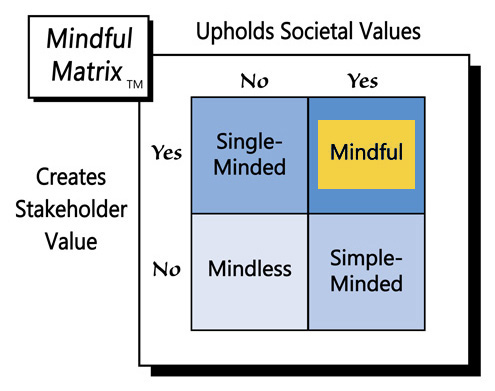
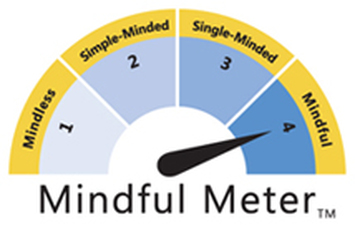

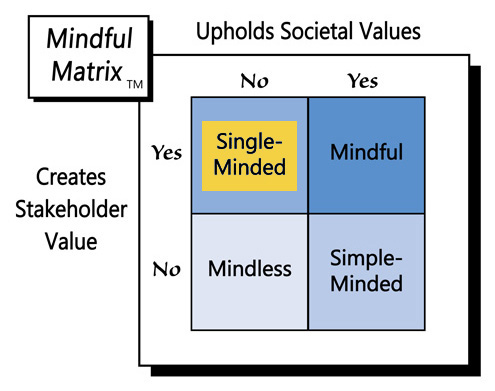
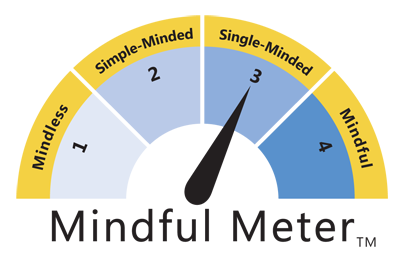

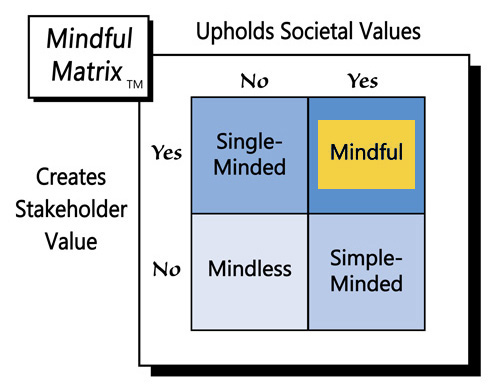
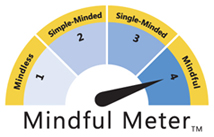
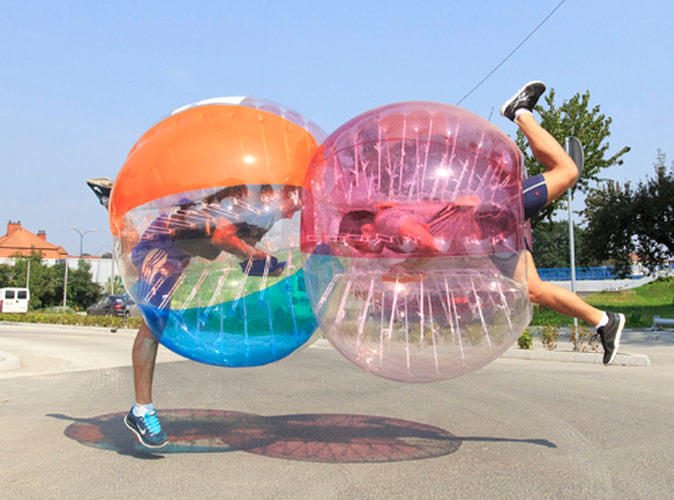
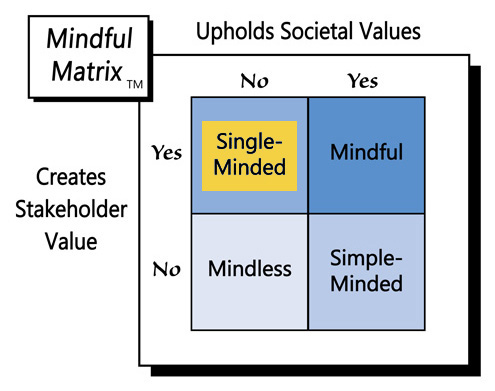
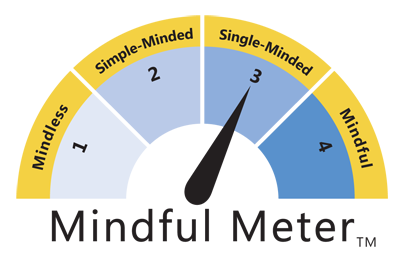

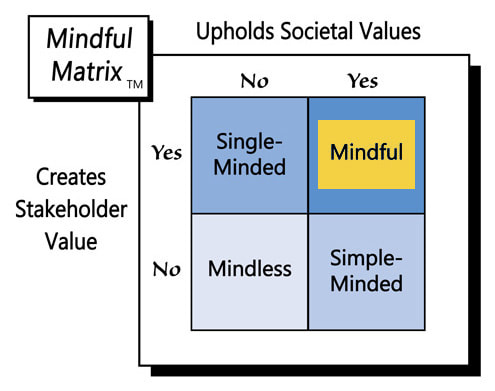
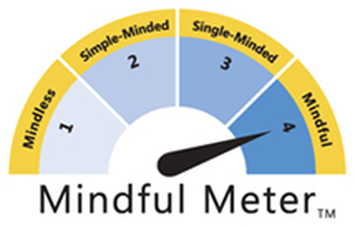
 RSS Feed
RSS Feed